No products in the cart.
Kotibé
€1.00€1.10 (-9%)
Name: ABORBORA
Family: STERCULIACEAE
Scientific names: NESOGORDONIA PAPAVERIFERA – CISTANTHERA PAPAVERIFERA
Origin: WEST AFRICA – CENTRAL AFRICA
Family: STERCULIACEAE
Scientific names: NESOGORDONIA PAPAVERIFERA – CISTANTHERA PAPAVERIFERA
Origin: WEST AFRICA – CENTRAL AFRICA
WOOD DESCRIPTION
Reference color: red brown
Sapwood: very distinct
Grain: fine Grain
: straight or counter-grain
Counter-grain: light
Pale brown to reddish brown wood. Ribboned and moiré aspect on quarter. Sometimes very small knots are present.
PHYSICAL AND MECHANICAL PROPERTIES
These properties can vary significantly depending on the origin and growing conditions of the wood.
- Density *: 0.76
- Monnin hardness *: 5.0
- Coef. Volume shrinkage: 0.50%
- Stability in service: stable
- Total radial shrinkage: 5.1%
- Fiber saturation point: 30%
- Total tangential shrinkage: 7.5%
(*: 12% humidity)
NATURAL DURABILITY AND IMPREGNABILITY OF WOOD
- Mushrooms: cl 3 – moderately durable
- Insects of dry wood: durable; distinct sapwood (risk limited to sapwood)
- Termites: class M – moderately durable
- Impregnability: 3-4 – little or no impregnation
- Biological risk class: 2 – out of contact with the ground, sheltered (risk of humidification)
Natural durability to variable fungi.
SAWING AND MACHINING
- Blunting effect: quite significant
- Sawing toothing: stellate toothing
- Machining tools: tungsten carbide
Requires power. Blunting effect due to hardness. When green, tends to foul the saw teeth. Sometimes difficulties due to the cross-thread.
ASSEMBLY
- Nailing – Screwing: good hold
- Gluing: correct
Pilot holes are sometimes necessary.
Gluing requires care: the wood can stain.
USES
Careful sanding is necessary in the presence of irregular grain.
- interior carpentry
- parquet
- stairs
- furniture
- item turned
- sculpture
- paneling
- vehicle or container bottom
Main known uses to be validated by implementation in compliance with the rules of the art. Important note: some uses are mentioned for information.
Source: CIRAD – ATIBT
REACTION TO FIRE
- French conventional classification: thickness> 14 mm: M.3 (moderately flammable) thickness <14 mm: M.4 (easily flammable)
- classification according to euroclasses: D s2 d0 This default classification concerns solid woods meeting the requirements of standard NF EN 14081-1 appendix C (May 2006), used in vertical walls. Namely structural timber, classified, with a minimum average density of 0.35 and a minimum thickness of 22 mm.

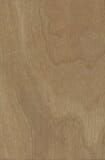
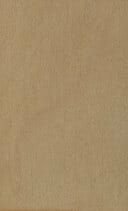
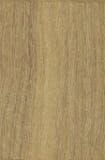

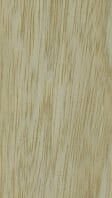
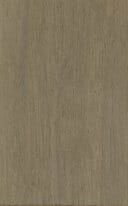
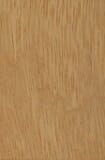
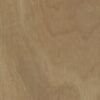
Reviews
There are no reviews yet.